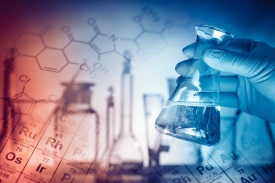干细胞疗法
维基百科,自由的百科全书
跳到导航跳到搜索
Star of life caution.svg 维基百科中的醫療相关内容仅供参考,詳見醫學聲明。如需醫療服務或可靠意見,请咨询专业人士。
干细胞疗法是通过利用对干细胞进行体外分离、培养、定向诱导分化等,能够培养出一种全新的、正常的、更年轻的细胞、组织、器官等。通过特殊的移植技术移植到体内,代替那些正常或非正常死亡的细胞,从而恢复机体功能。
干细胞
主条目:干细胞
干细胞是一种具有自我更新能力和多向分化潜能的原始细胞,是机体的起源细胞,在一定条件下,可以分化成多种功能细胞或组织器官,医学界称其为“万用细胞”。干细胞植入人体后,可替代已损伤的细胞进行修复,从而达到治疗的目的,并且可在肝脏部位分泌细胞因子,促进机体的自我修复。
医疗
30多年来,骨髓已被用于治疗白血病和淋巴瘤等癌症患者; 这是广泛应用的干细胞治疗的唯一形式[1][2][3]。
参考资料
Ian Murnaghan for Explore Stem Cells. Updated: 16 December 2013 Why Perform a Stem Cell Transplant?
Bone Marrow Transplantation and Peripheral Blood Stem Cell Transplantation In National Cancer Institute Fact Sheet web site. Bethesda, MD: National Institutes of Health, U.S. Department of Health and Human Services, 2010. Cited 24 August 2010
Karanes C, Nelson GO, Chitphakdithai P, Agura E, Ballen KK, Bolan CD, Porter DL, Uberti JP, King RJ, Confer DL. Twenty years of unrelated donor hematopoietic cell transplantation for adult recipients facilitated by the National Marrow Donor Program. Biology of Blood and Marrow Transplantation. 2008, 14 (9 Suppl): 8–15. PMID 18721775. doi:10.1016/j.bbmt.2008.06.006.


